Thierry Weil dropped a small bomb last November in his very first FIH congress that has gone unnoticed mostly by hockey followers and -media. Speaking about the playing surface Weil announced basically two elements:
- He called upon suppliers for turf, ball and footwear to work together towards the goal of a dry artificial turf by Paris 2024. The FIH wants no more waterbased pitches by 2024 in times where water is a scarce resource around the world.
- Hockey can be played on any surface! Today elite hockey requires waterbased pitches. that requirements has been abolished, though for the major global events it will still be upheld.
Media and hockey followers heard only the second remark and translated this into “hockey can be played on natural grass again”. Creating false hope among Pakistani and Indian hockeyfans longing for the good ol’ days of their supremacy on grass around the world.
The key of Weil’s message – in my opinion – was never about a return to natural grass but rather hockey can be played on any surface. Waterbased pitches are not the one and only option anymore for competitive events. This is something we can all agree upon I think. It’s common sense.
His first remark however is somewhat more controversial. No more waterbased pitches by Paris 2024 for the elite events is a noble goal, but maybe not a very realistic goal.
Let’s listen to his words from this announcement during the FIH global congress in New Delhi, India from November 2018…
So following this message from the FIH CEO Thierry Weil, we decided to look for an industry expert to tell us more on their new developments regarding infrastructure. Arnoud Fiolet from The Netherlands is an entrepreneur behind several hockey related businesses. He will explain his company Recreational Systems International has 6 divisions, all related to sport and most also to hockey. Listen to our podcast (more or less 30 minutes of your time) with Arnoud Fiolet with the link below… or read on ;)
Artificial turf was first introduced during the Olympic Games in Montreal in 1976, so over 40 years ago already. In 1986 the FIH decided all major elite events were to be played on a waterbased pitch. But still today the majority of hockey games around the world are still being played on grass, natural grass or a dirt pitch that once was a grass pitch.
So why do elite players prefer the waterbased pitch?
- A wet surface will move the ball more quickly on the surface.
- High speed skills will lead to more 1v1 eliminations.
- A more consistent ball roll with less unexpected deviations allowing for more skills.
- It will allow for specific skills such as the drag flick.
- It allows for players making a sliding without injuries.
- Consistent play during dry heat or rainy weather.
- Better shock absorption leading to less injuries.
- Lower surface temperatures in hot climates for a more comfortable playing experience.
What are some the FIH requirements for the surface of the future?
- Similar performance to current waterbased pitches all around the world.
- Similar playing conditions in a hot and dry climate to wet rainy weather.
- No extra risk for injuries.
- Recycling possibilities with less impact on the environment.
But most all what is important to the FIH is the need to grow the sport globally in order to avoid a new scare of being removed from the Olympics as we had to endure in 2013 after the London Games. Hockey needs it’s Olympic status!
As Weil professed the FIH would like to play in Paris at the Games from 2024 on a dry surface. But in order for our sport to remain Olympic in 2028 when the Games will be held in LA, a region in the world troubled by severe water issues ánd a region where our sport is not well known it seems to be imperative to have a solution by 2028.
Two other reasons for questioning waterbased turf would the extra cost needed to build these installations and more issues regarding maintenance. Extra costs compared to turf without any water (meaning our current sandy artificial grass fields) would on average be between €50.000 and €100.000. Annual maintenance efforts would also be more complex due for example to the well known algae problems in these wet environments…
Solutions anyone?
It’s not well known, but the FIH asked the same question to remove water from the equation to turf suppliers earlier already. In 2004 the FIH asked to come up with a solution by the 2012 Games in London.
However the FIH request was ignored by the industry back then. Mainly because most of their focus went to football because their need for artificial turf was growing very fast in those days. Today the growth in the more important football market has stabilised and will shift towards hybrid solutions anyway. But we need to be realistic, our sport today is a niche sport for the industry still. Why would they spend a lot in research to develop a waterfree solution with still all these specific characteristics only hockey is asking for? No other sport today has this problem of using too much water on their turf, so there is no one around to share the burden.
FIH is involved in a global project for a so called “one turf concept”, together with football and rugby. A multi-purpose solution fit for all sports. But let’s not kid ourselves, this solution will be primarily for football and rugby and less suited for the fast paced game of hockey. It will allow for a slower version of hockey but can not guarantee the current fast game of hockey. Because that is the main problem. Turf manufactures and all involved need to reconcile our very specific demands regarding both grip and sliding. If hockey would be willing to slow down our game to the speed of football a lot more might be possible but then we would be betraying our game where speed and skills are what makes our sport unique.
So what now… is our call for a dry turf, suitable for hockey, destined to fail? Probably… but what is possible is to reduce the need for water significantly!
Eliminating water seems impossible, but less water could be the way to go.
Current turfs use up to 18.000 liters of water per game per pitch. Which is an enormous amount and can not be accepted throughout most of the world. But new turf solutions today have managed to reduce the amount of water needed drastically already to more or less 6 to 7.000 liters/game/pitch. It is not impossible to go even further and reduce the need for water to 2 or 3.000 liters/game/pitch on average which would still be a problem for lots of places around the world but this is at least a step in the right direction.
So yes, it’s OK to dream of a dry turf in the future for our game of hockey without giving in on specifications that make our sport unique (speed) but for now let’s get real and focus on reducing the water needed drastically instead of dreaming of the “impossible”…
The real and only important change is the decision to allow any surface for competitive events in hockey. Though obviously the main events globally should still be played consistently on the same surface… and for now this remains a waterbased pitch. The biggest advantage is for those countries or regions in the world with difficulties to provide enough infrastructure up to international standards. They can now choose to play their events, national and international, on any surface. Artificial turf, natural grass, panel systems, sand, concrete, hardcourt, gravel,… indoor or outdoor, whatever is available. The message is: hockey should be played anywhere anytime. This will help grow the game of hockey!



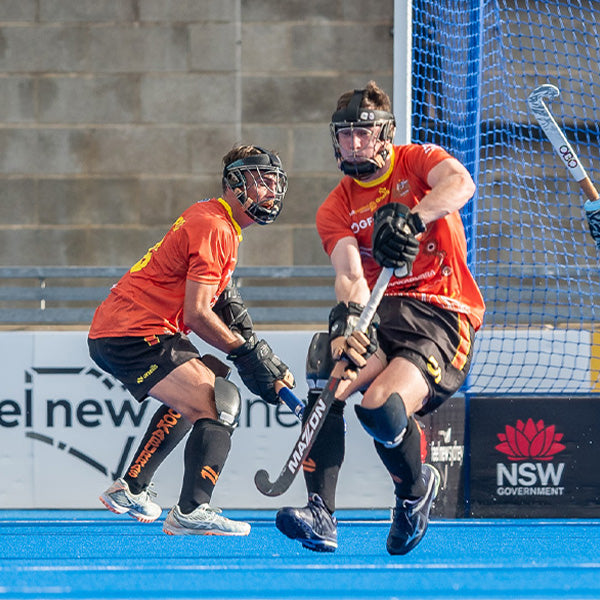

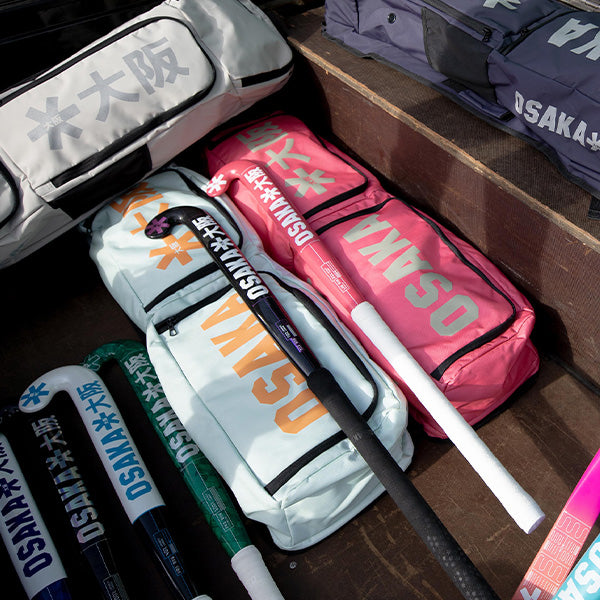


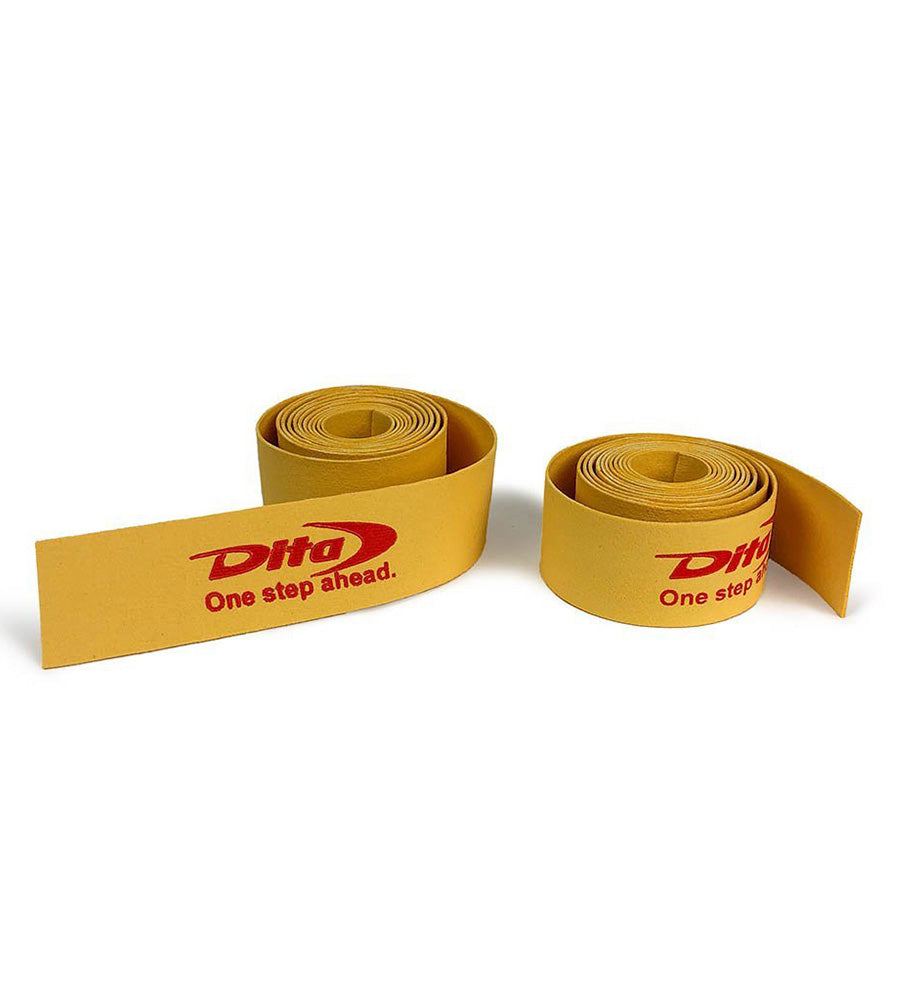
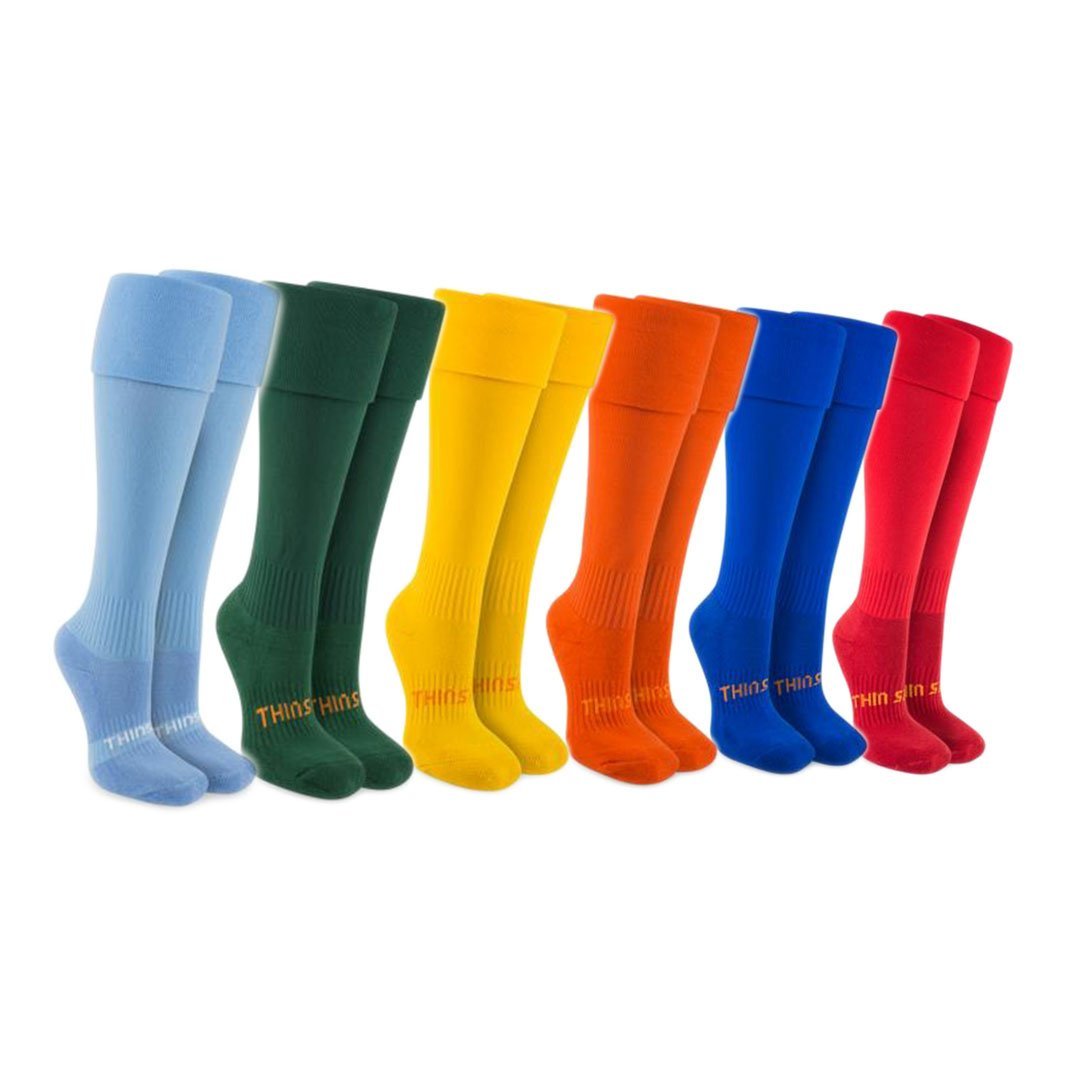
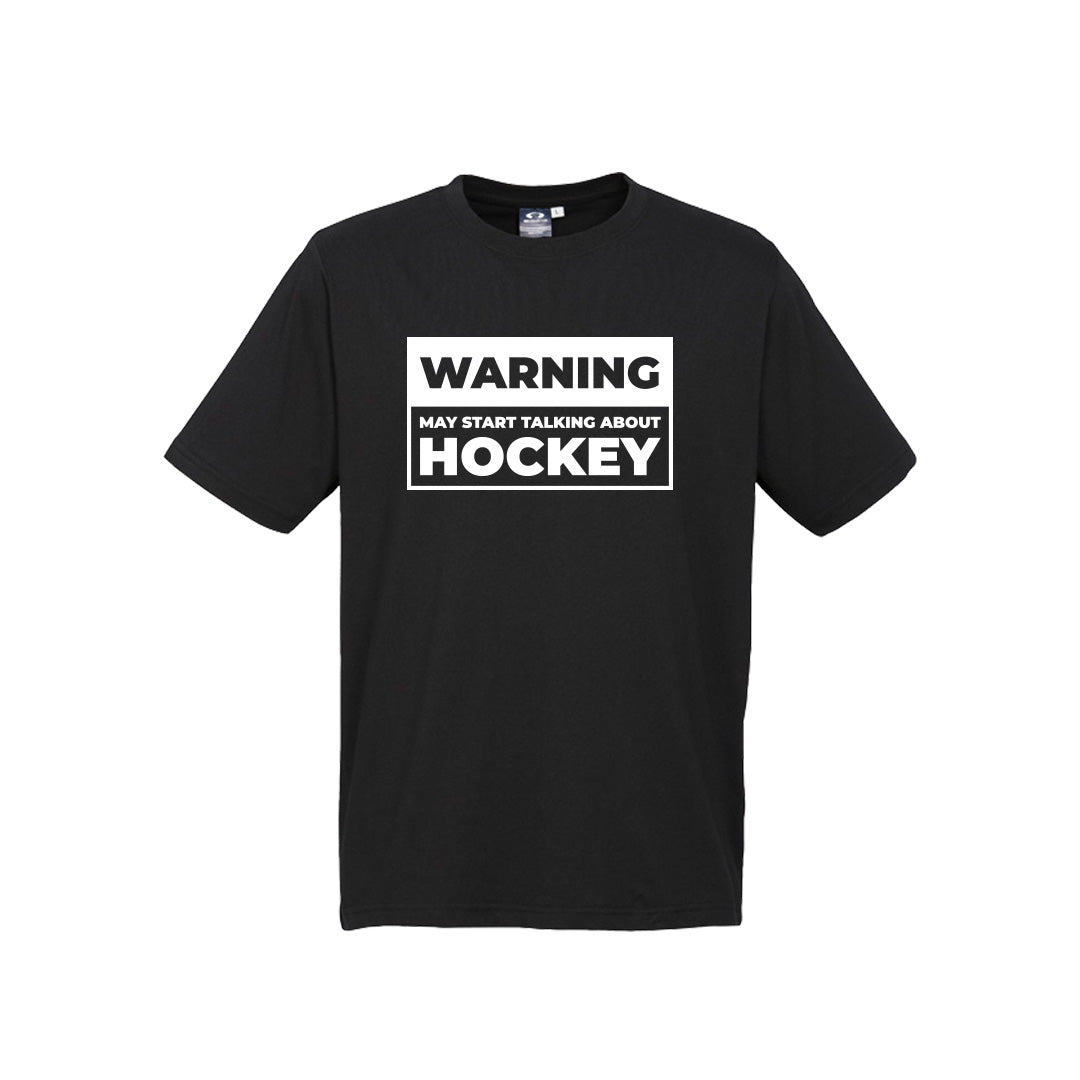
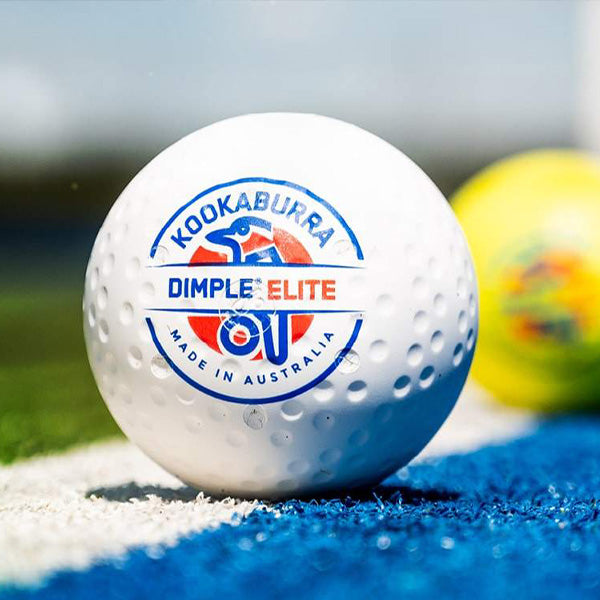
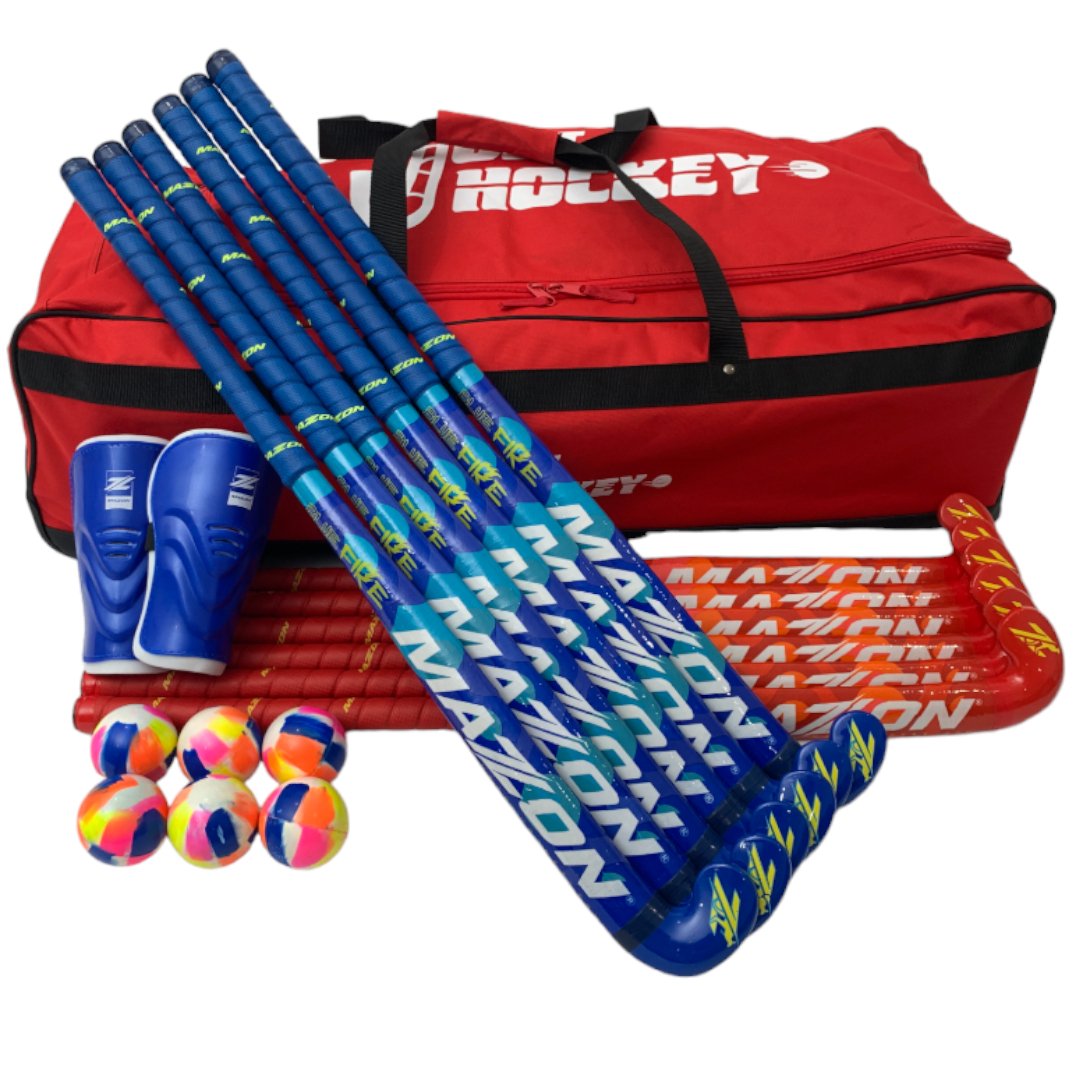




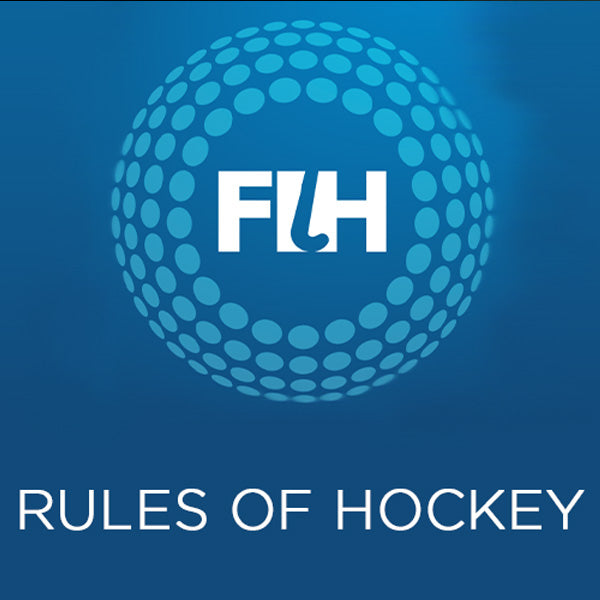
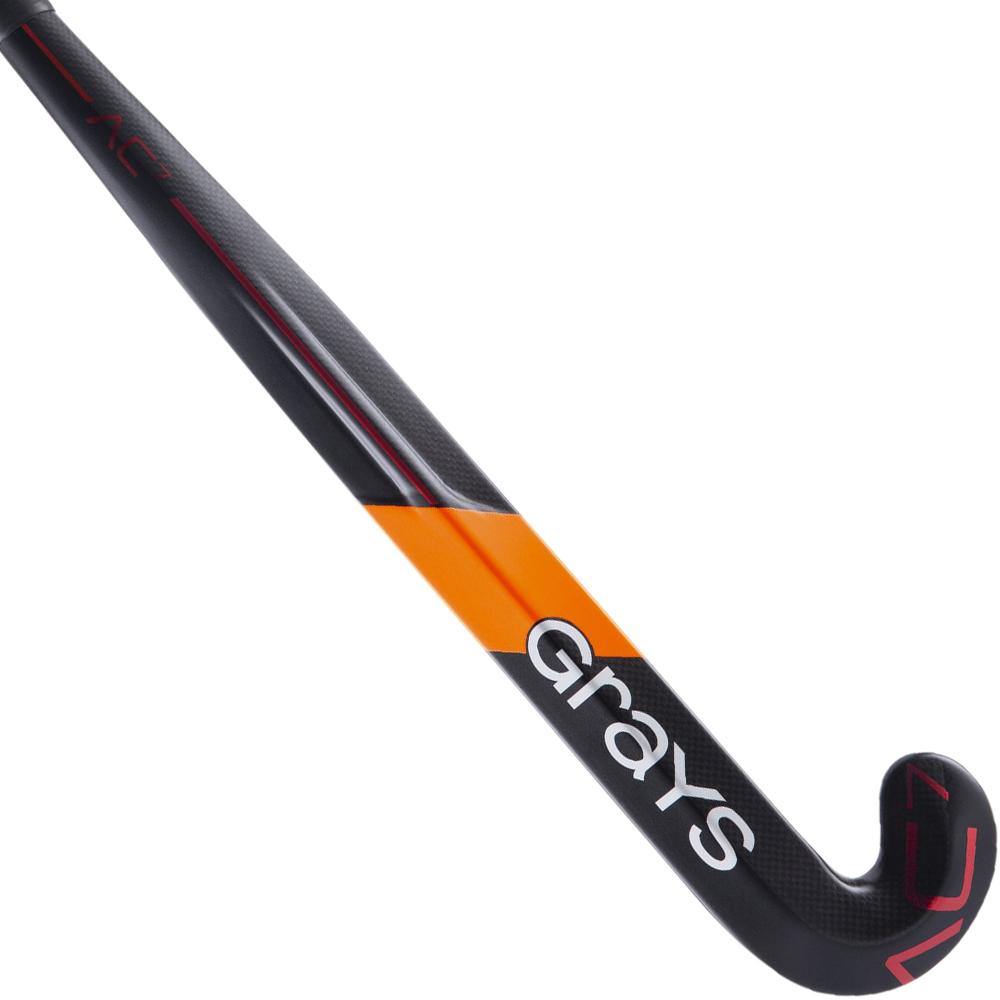
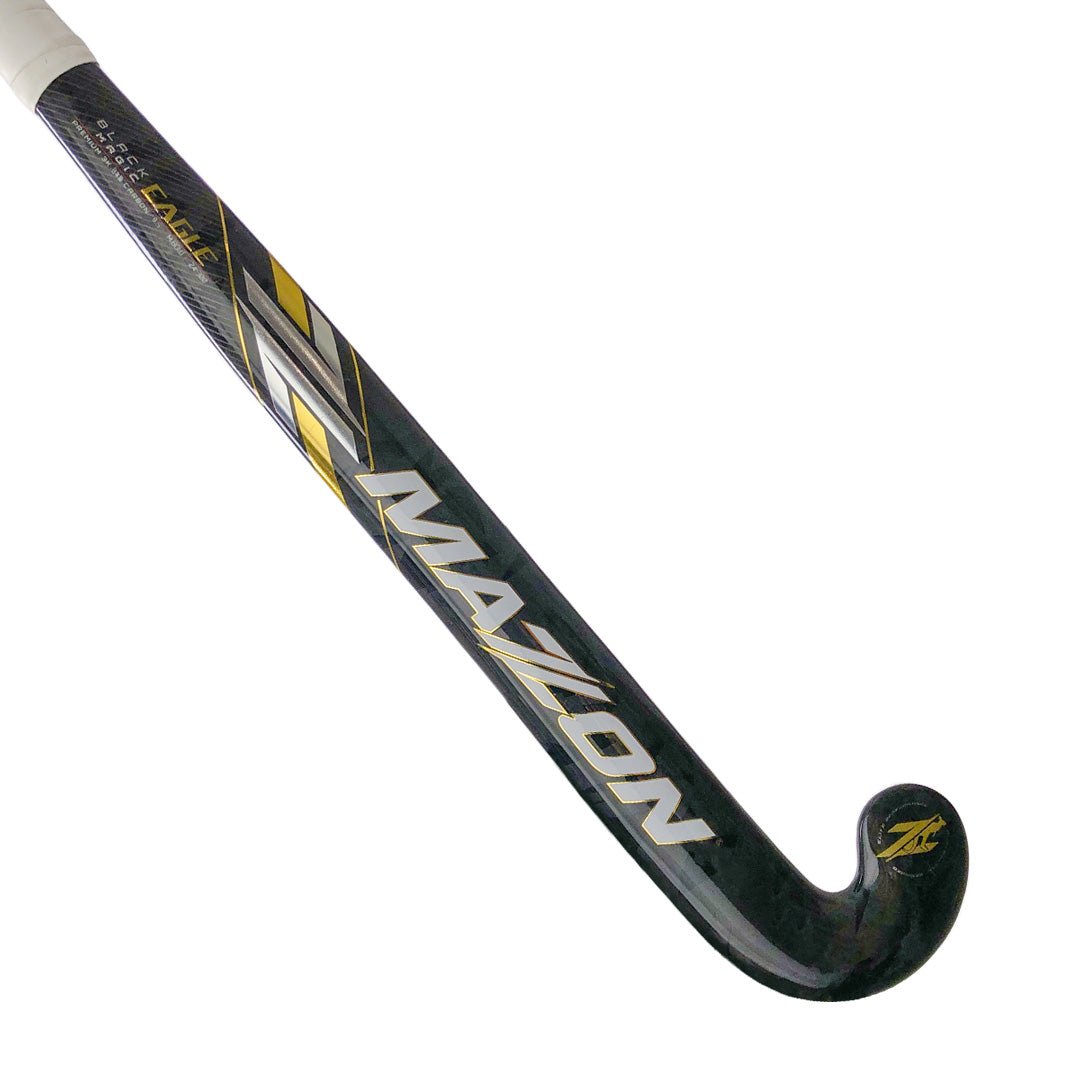
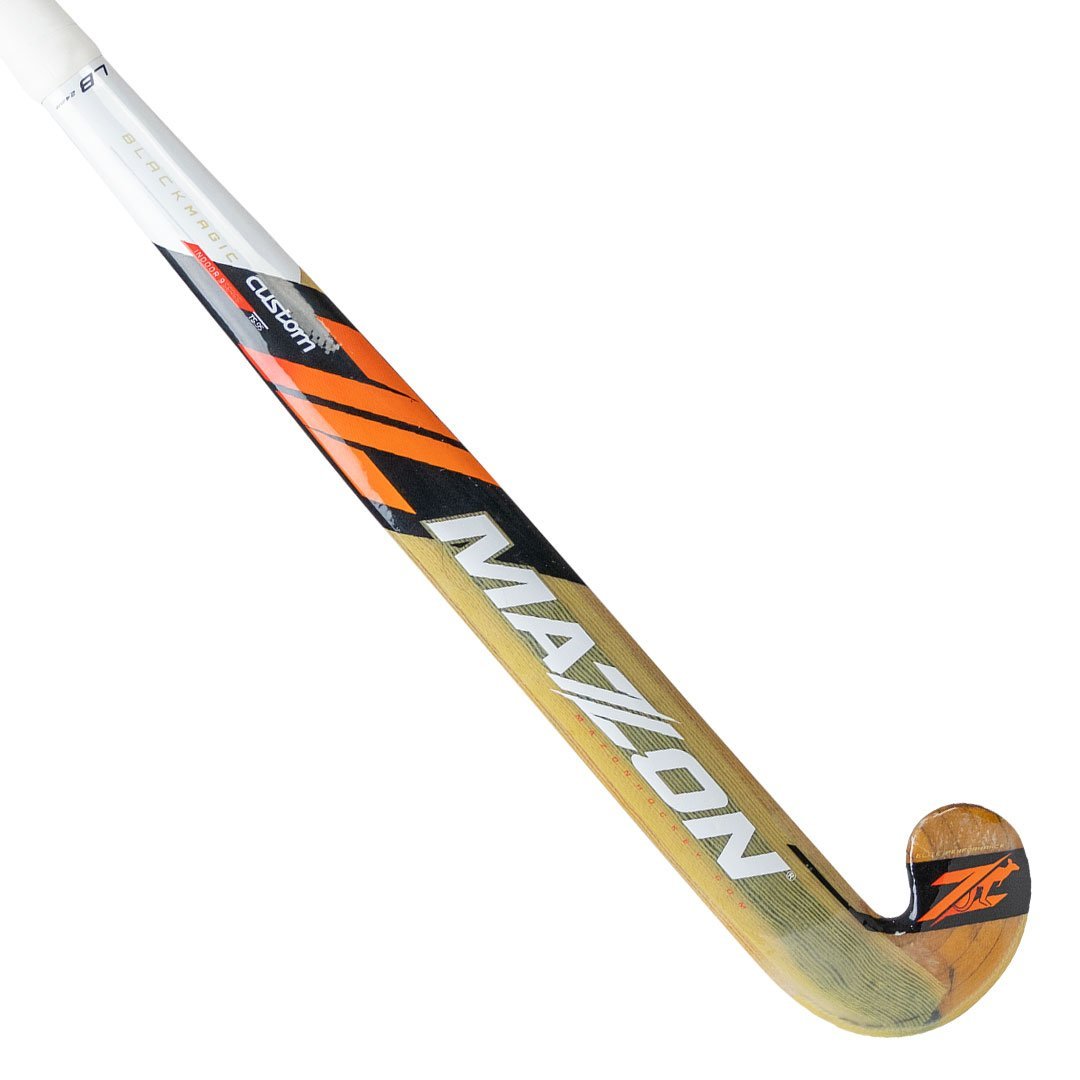
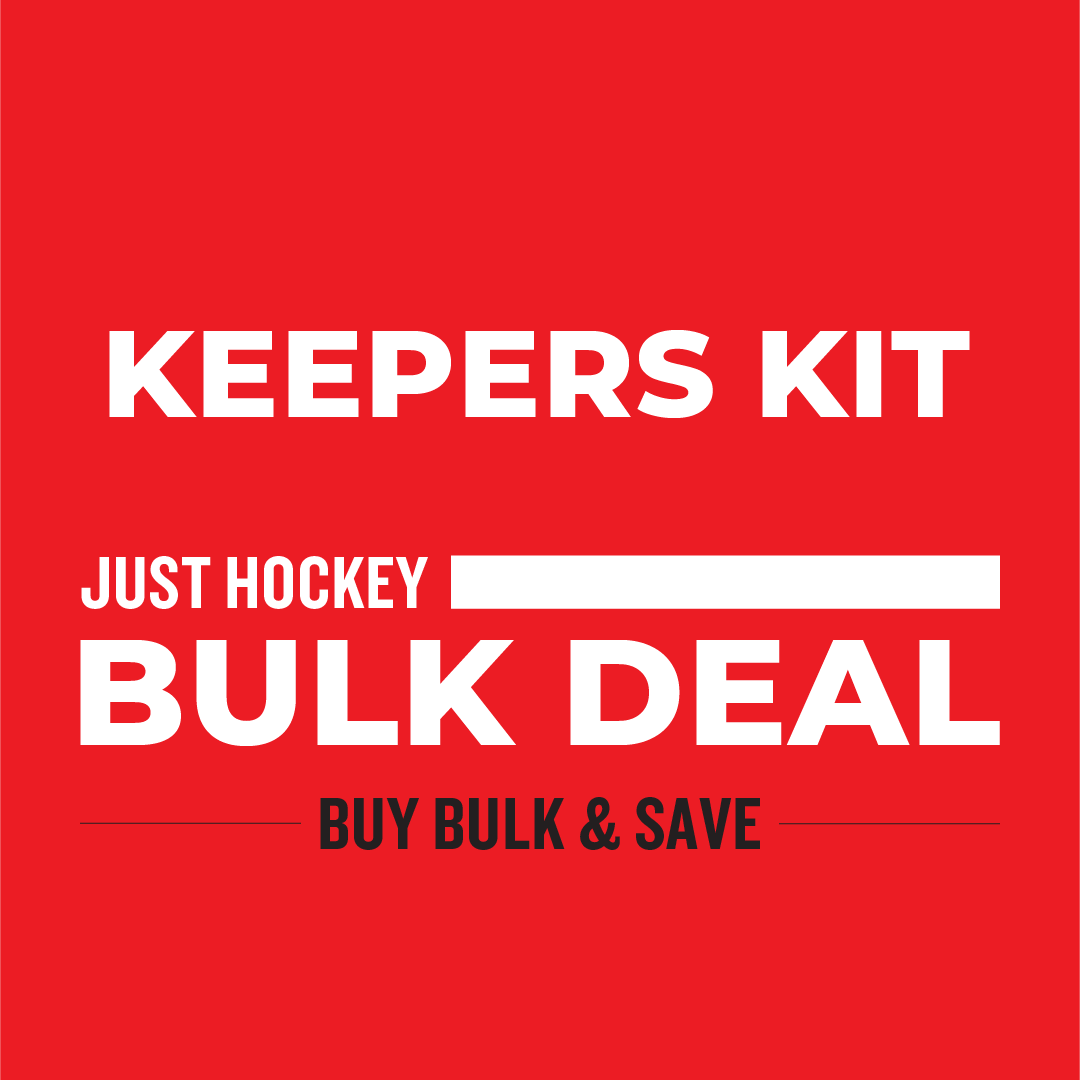



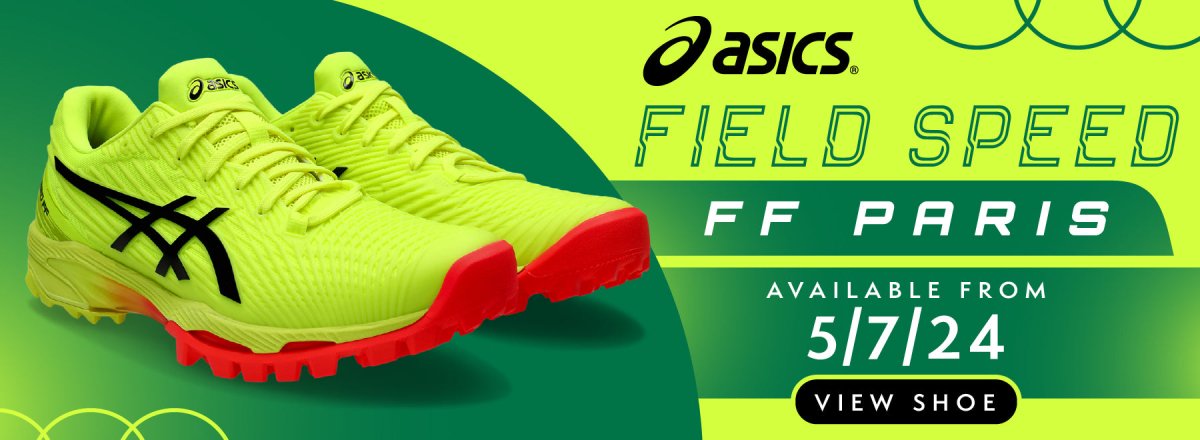
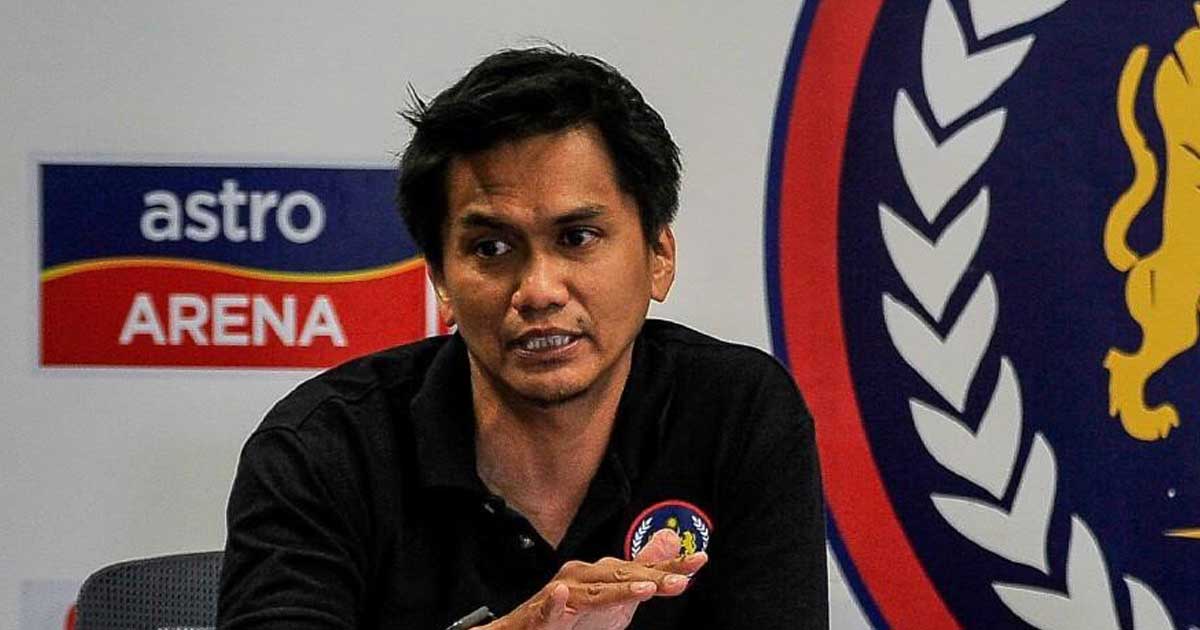
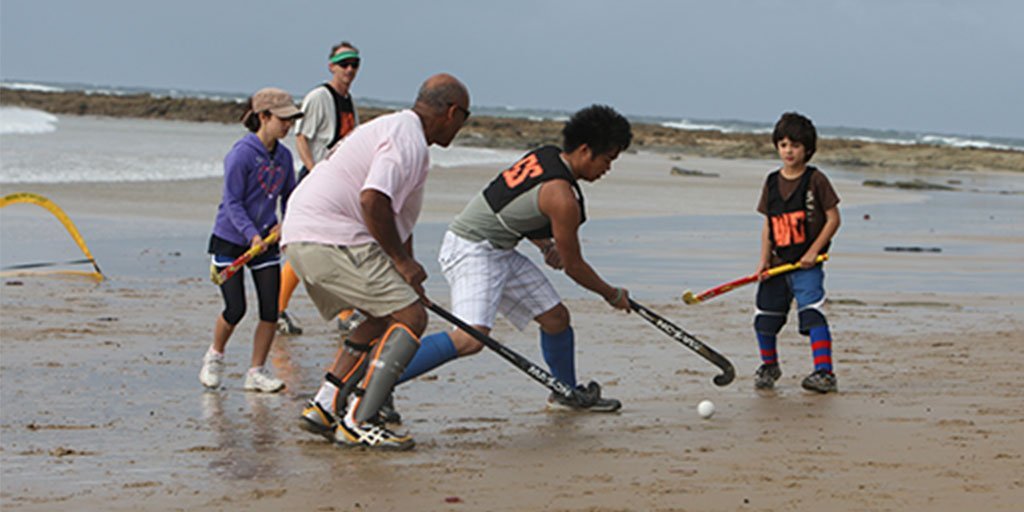
Leave a comment (all fields required)